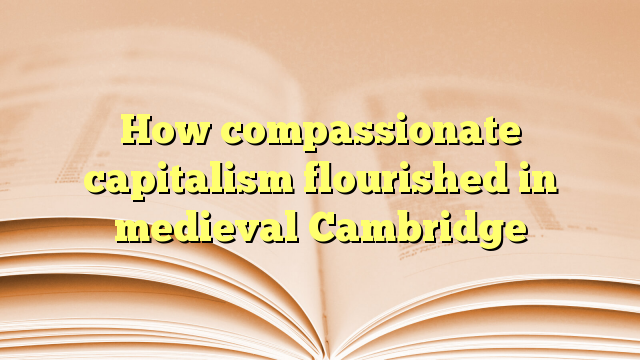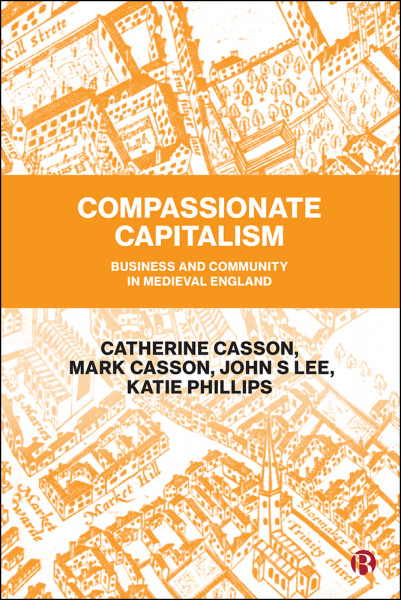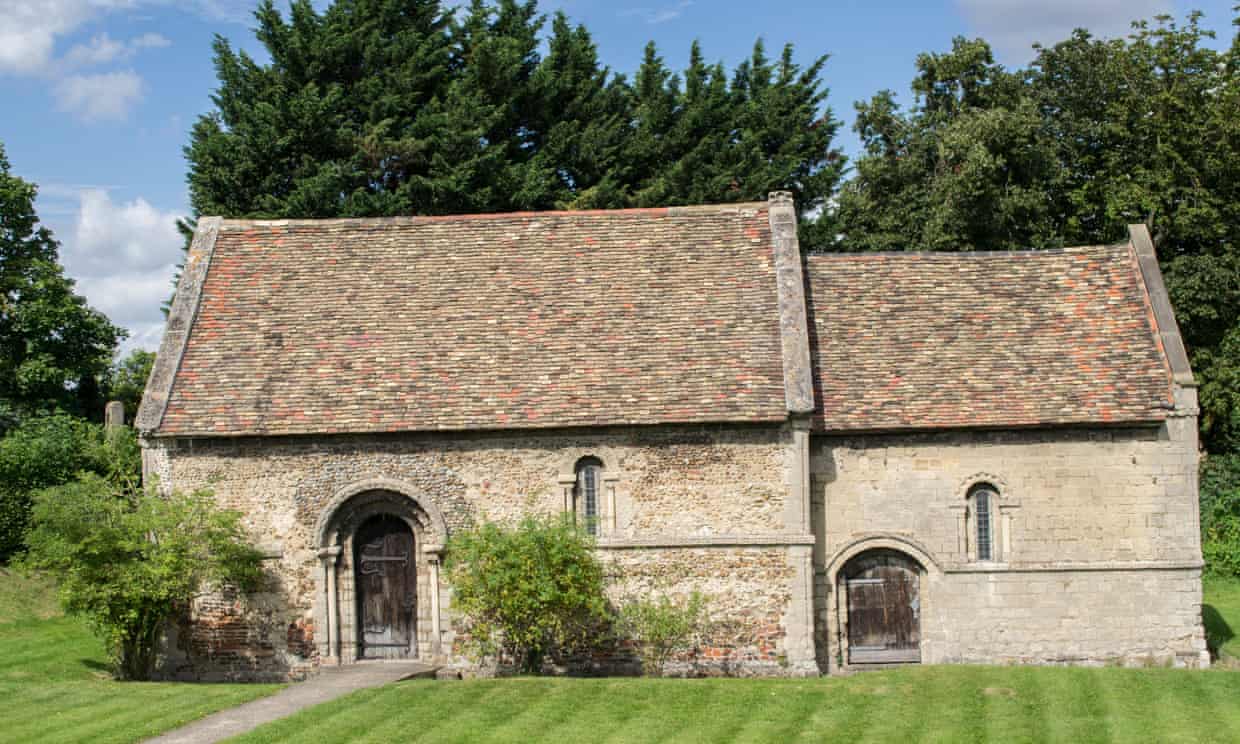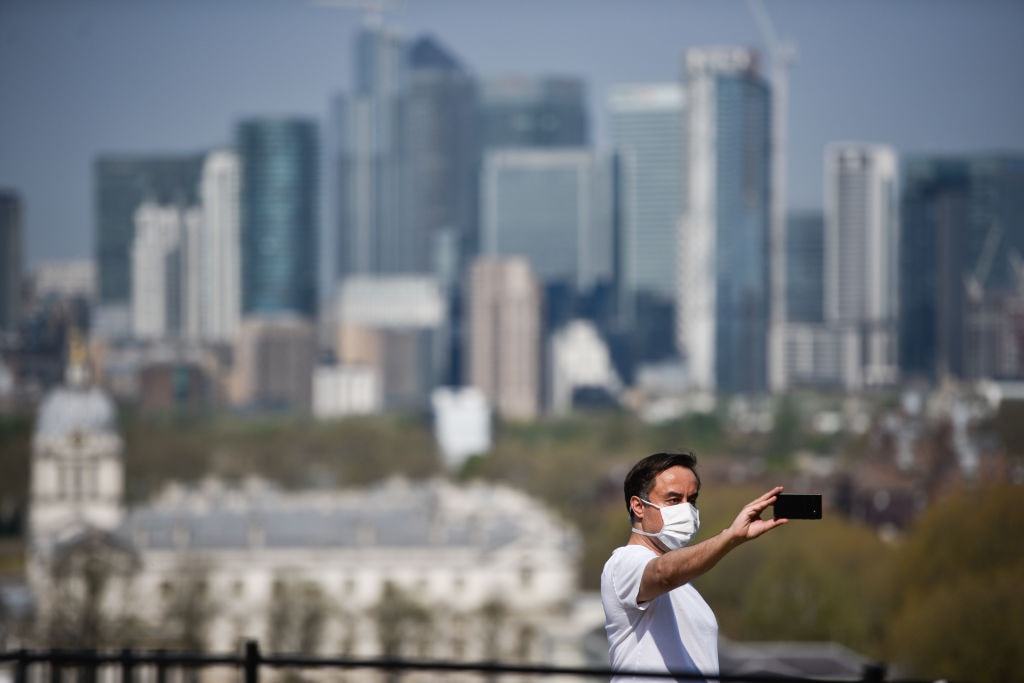
Photo:News Vire
Idea of pursuing competitiveness while promoting the common good began as early as the medieval period
How compassionate capitalism flourished in medieval Cambridge*
'Wealthy entrepreneurs gave their profits away to city’s religious houses and hospitals'

The house, possibly commissioned by Hervey Dunning, mayor of Cambridge in 1207, now known as the School of Pythagoras,
St John’s College, Cambridge. © Ben Harris (CC BY-SA 2.0), Via Medievalists.net
‘It is the most unequal city in the land – a place of college spires and glamorous May balls, where homelessness and food poverty are rife and the lowest-paid workers cannot afford their rent.
Now newly discovered historical documents reveal that Cambridge has also achieved a more egalitarian economic feat: as the birthplace of compassionate capitalism in the UK.
A fascinating manuscript about the property dealings of Cambridge’s wealthiest medieval families shows that they consistently gave their profits and assets away to improve the welfare of their local community. The find has provided the earliest evidence of this kind of systematic philanthropy ever uncovered in Britain.
The document, from 1279, puts Cambridge’s contemporary record on inequality to shame, detailing how the city’s early capitalists used their wealth to benefit local religious houses and hospitals.
“It was one of the Hundred Rolls, a massive survey undertaken by the Crown similar to the Domesday Book. But it had been lost in the National Archives,” said Dr Catherine Casson, co-author of Compassionate Capitalism, a major new book on the subject. “The missing roll we found informed us about an area of Cambridge that no one had really looked at before.”

Photo: Bristol University Press
The roll recorded the ownership history of property in the city and its suburbs over the preceding 100 years, enabling Casson to analyse 36 family dynasties and more than 1,000 properties. “It’s very rare for this period of history to recreate any family trees, let alone 36.”
The data showed many of the city’s medieval entrepreneurs made their money in trade or as administrators for religious institutions and government. But they savvily invested their spare cash in the Cambridge property market, which boomed in response to legal reforms and a fierce new demand for student accommodation after the university was founded in 1209.
Some landlords even became property developers, subdividing the buildings they owned in order to buy vacant land to build new homes. “They keep half of the property for themselves and sell off the other half as a means of financing their purchase. So already they’re doing something we’re quite familiar with today.”
The majority of these newly wealthy families in Cambridge gave away more than half of their profits from property. “That’s not because they had to, it’s because they chose to,” said Casson.
At the time, other medieval families were spending their cash on luxury consumer goods such as jewellery, silks and furs, or choosing to live “a wild lifestyle” by 13th-century standards. “Potentially, they could have spent the money on mistresses... but also on things like food and drink. Bills for hospitality in medieval times were very high,” said Casson.
Instead, the entrepreneurs chose to fund places such as the Leper Chapel, part of an isolation hospital for people with leprosy. The building still exists in Cambridge today.

Cambridge’s rich families helped to fund places like the city’s Leper Chapel, which still stands off Newmarket Road.
Photo: East Anglia Images/Alamy, Via The Guardian
Casson thinks they probably hoped that investing in these projects would increase their chances of getting into heaven, as well as improving their stature in the local community.
But the medieval capitalists also had a real sense that providing the local community with financial support and a welfare infrastructure made Cambridge a more attractive – and economically successful – place to live, study and bring up a family in the 13th century. “It was a mutually beneficial process,” she said.
In 2018, a report showed income was more unevenly distributed among Cambridge residents than in any other UK city. The top 6% of earners who lived in Cambridge took home 19% of the total income generated by residents.’
*This article by Donna Ferguson was first published in The Guardian on Saturday 2 May 2020.
The Long Read
Compassionate capitalism in the Middle Ages: Profit and philanthropy in medieval Cambridge
Catherine Casson, Mark Casson, John Lee, Katie Phillips 07 May 2017
'Contemporary businesses are frequently challenged to invest the profits from their commercial successes into projects that benefit society. Yet this is not a new concept – this column reports that it began as early as the medieval period. Profits from property speculation in the Middle Ages were re-invested into local communities. Compassionate capitalism involved high levels of charitable giving to hospitals, monasteries, churches, and colleges, which helped to disseminate the economic benefits of investments from individuals to the wider community'…Continue to read
Is It Time for Compassionate Capitalism to Make a Comeback?
Can there ever be a Compassionate Capitalism in the 21st Centurey too?

Big business. Photo by Samson (@samsonnyyc) on Unsplash, Via Medium
To my mind, the answer is an emphatic YES. But only if:
See also:
"In Search of the Virtuous Economy: A Plea for Dialogue, Wisdom, and the Common Good"
June 6 – 10, 2010
California Lutheran University
Thousand Oaks, California
Moreover, compassionate capitalism can underpin our coronavirus recovery
 =
=
Photo: City A.M.
The time is now to rediscover our true selves
‘Knowing yourself is the beginning of all wisdom.’-Aristotle
Unless we can reclaim our commitment to one another, we are not adhering to our humanity.
Beyond the Neoliberal, Thatcherite Wasteland: Ten Common Good Steps to Build a Compassionate and Kinder World Post-coronavirus
Call to Action
I believe in the power of service, volunteerism, empathy and actions in the interest of the common good to improve lives, to build a better world. I also believe that economic prosperity, ecological harmony, better lives and a kinder world are all possible, if we all acknowledge one thing: We are not only accountable to our shareholders, but and more importantly, we must be answerable to all the stakeholders and the entire web of life.
After all is said and done, it is not enough to simply talk about beliefs and principles; we must live up to them, be transparent and accountable, and continually find ways of improving.
At the GCGI, we want to continue and play our part in building a better world for everyone. I do know that I do not have all of the answers, and it is only by working with others and being open to new ideas and different perspectives that I can come up with possible solutions that global challenges require.
Below you can see my suggested Ten Steps to build a better world. Please share your thoughts, ideas, and insights with me. We can only build the better world we are seeking if we come together, work together, build together.
It’s time to deliver on the goals we’ve set for a more peaceful, resilient planet and a better life
